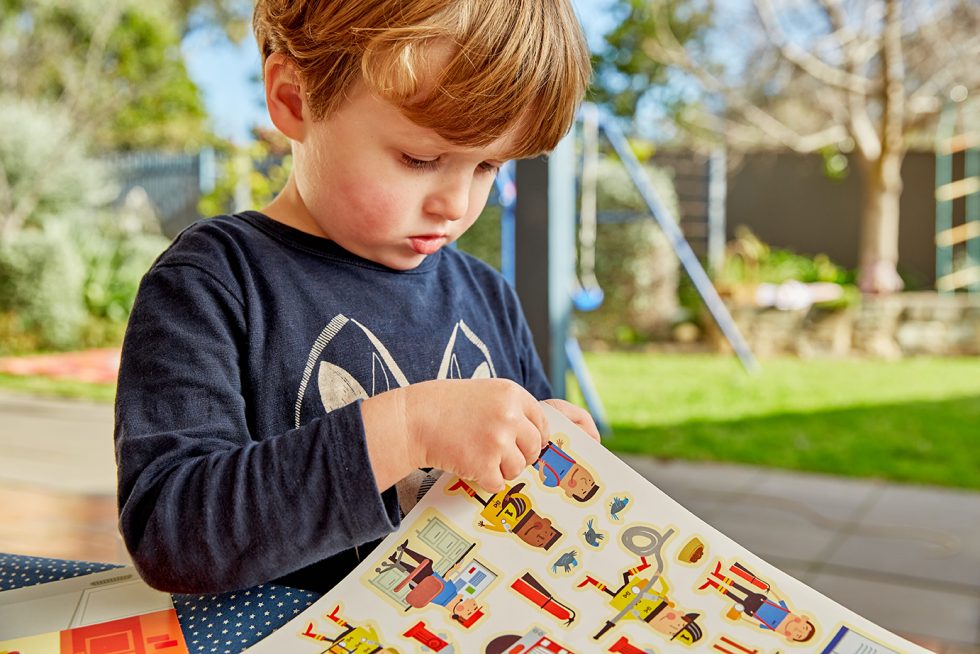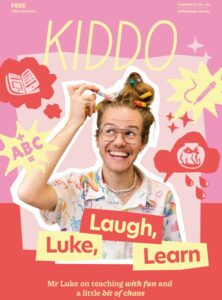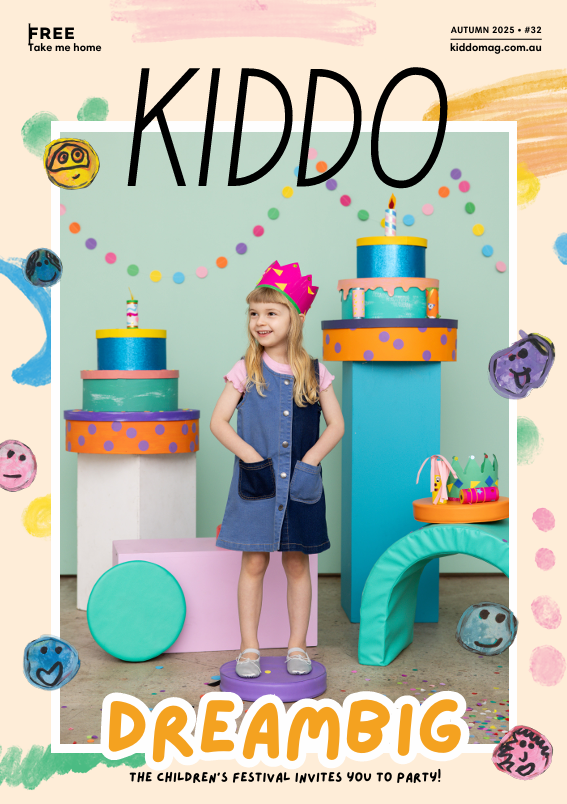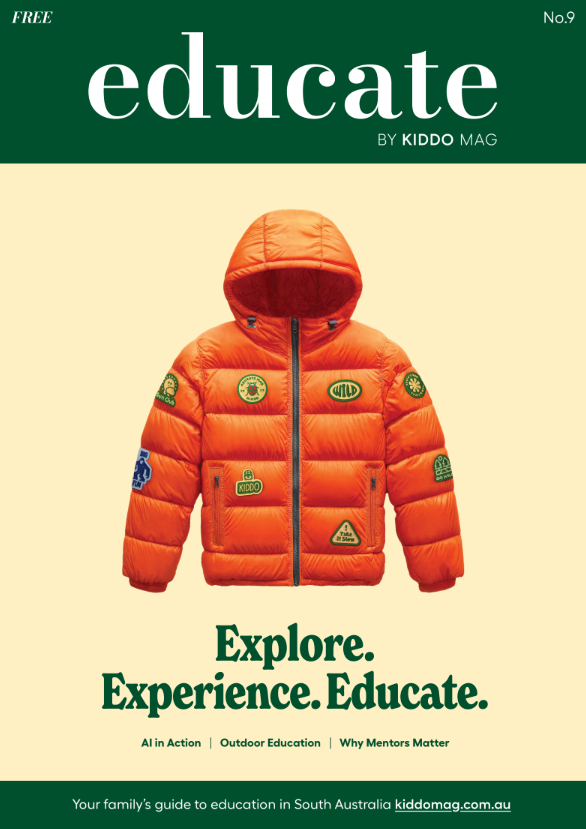WORDS: Michelle Knuckey, Founder of Choose Play
Sometimes, children need the right activities at the right time to really engage in play by themselves. It is very important for kids to have times when they play independently. It’s good for their development and, from a practical point of view, there are times when adults in their world need to attend to all the things that keep life happily moving forward. I’d like to share with you one of my tried and tested strategies to engage reluctant players and set them up for success!
First of all, think about times you have seen your child playing and feeling successful. Experiencing success in an activity will keep them engaged in it. For this to happen, activities must be pitched at just the right level of challenge for the child -not too easy and not too hard. This could vary from day to day and from hour to hour for some kids. A great way to test this out is to play with your child and see what they like to do, and what they are good at.

One way that I encourage play is to provide a multi-sensory play basket. The concept works because it has both structure and choice. Its structure gives you the chance to set up the stage for a successful experience. Choice builds their independence and caters to their needs.
Start by putting 5 things in a basket, bag, tub or even on a mat. If you think your child might get overstimulated then start with 3. To keep it simple, I suggest you follow this “recipe” :
- 1 construction activity or small world play set – such as vehicles, people and buildings
- 1 book or activity book
- 1 musical instrument or dress-up item
- 1 fine motor activity – like a puzzle, magnetic set or felt activity set
- 1 gross motor toy or activity – such as a bouncy ball or hula hoop
Make sure at least one of those items is something easy that your child could do even if they were tired. Also think about whether you’ve included something with a little bit of challenge, as some kids need more cognitive stimulation to regulate their behaviour. Always include something familiar that you know your kid loves. Finally, switch some or all of the contents frequently. Doing so keeps it interesting.
If you’re using your play basket as a calm down tool then add a sensory fidget or squeeze toy, as well as something to blow. Blowing is a very quick way for a child to calm their system.
The benefit of offering a variety of toys and activities is that the child can choose based on where they are at in terms of energy level. For example, a child who is tired might choose an easy, non-taxing activity. A child who is bored could reach for something more challenging.
Play baskets can be used whenever your child needs quiet time or downtime. They are also useful for building independent play skills, and for transition times which can be a struggle for some kids. The play basket at all times should be promoted as a positive activity.
For more information:






